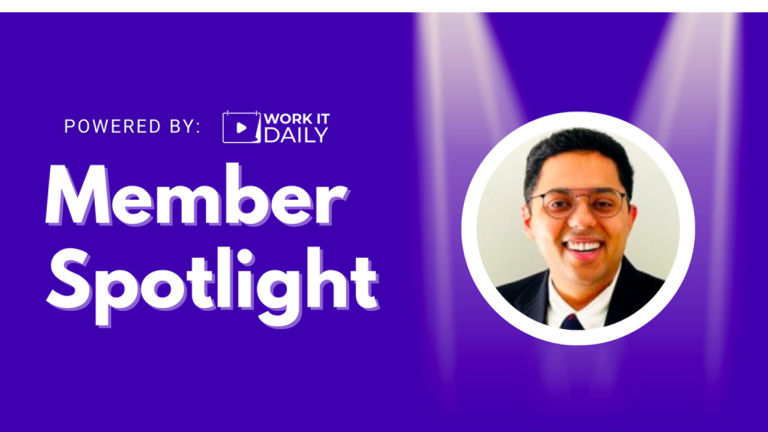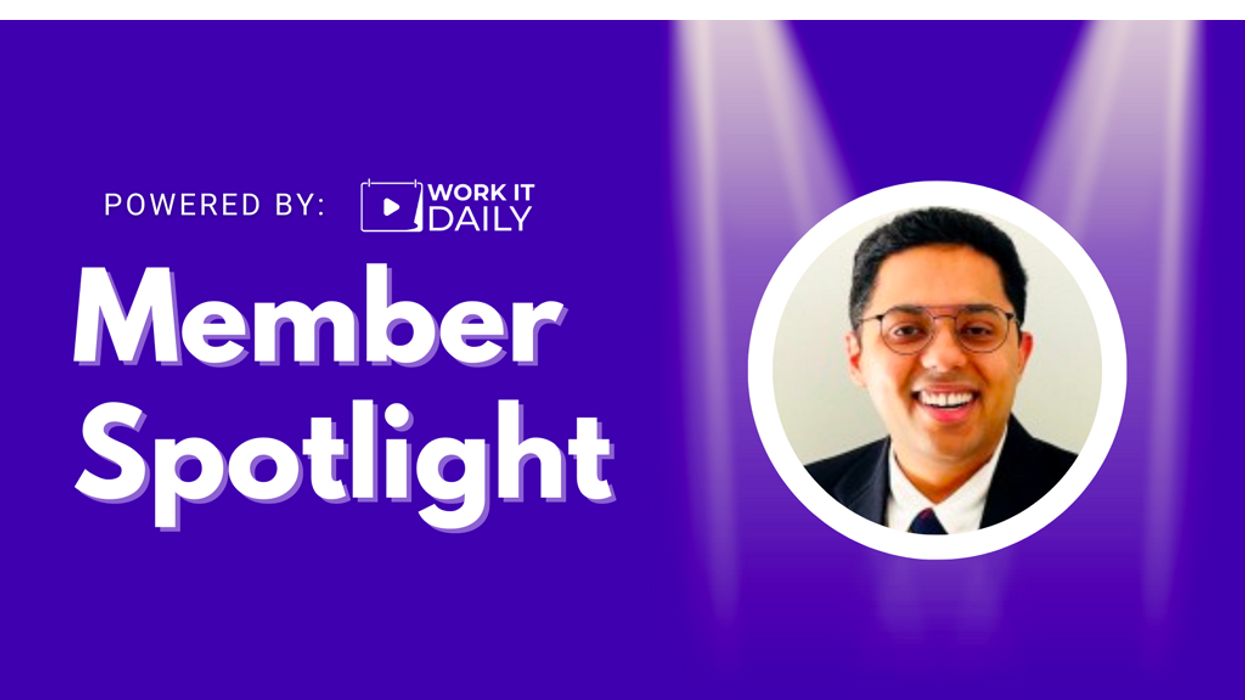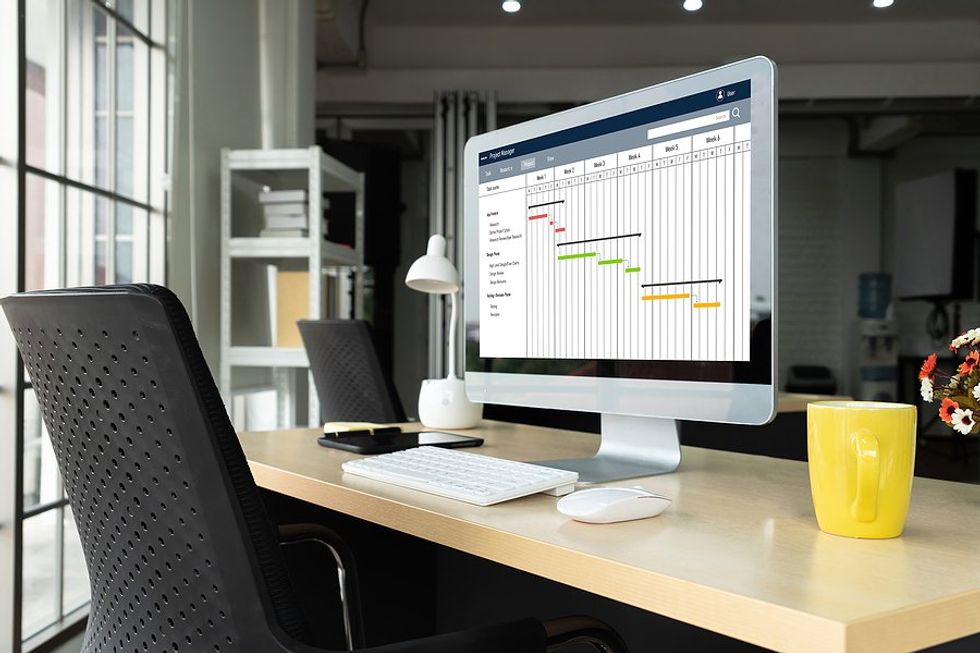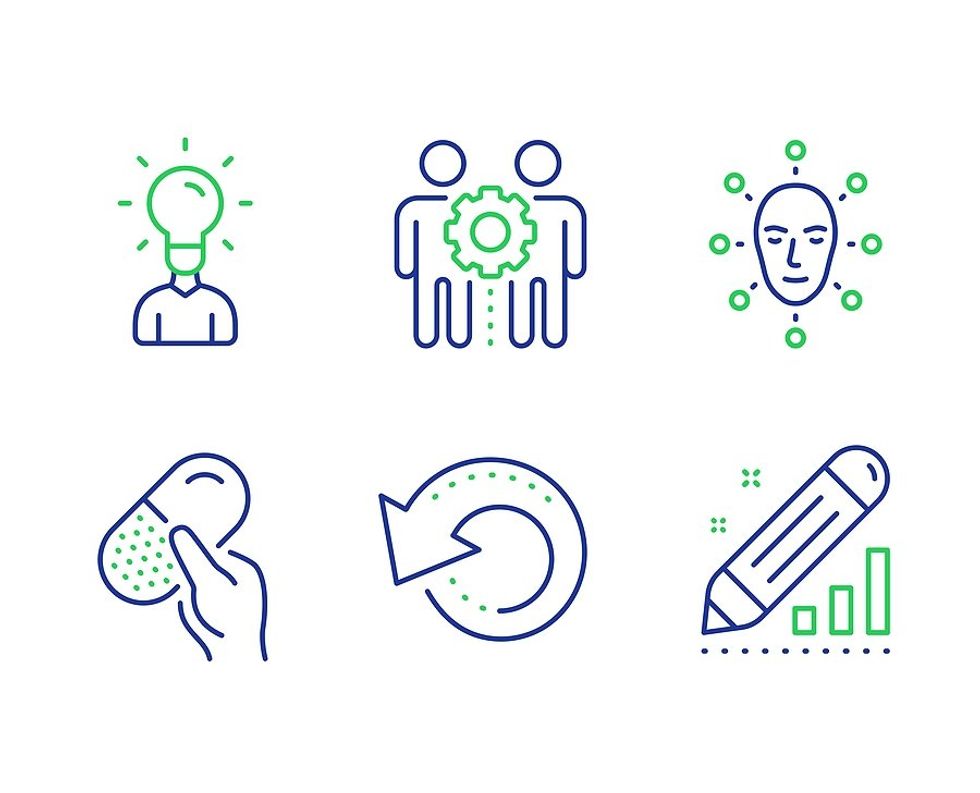
You don’t have to work in customer service to work with difficult customers. In the business world, a customer is anyone (an individual or business) that purchases your goods or services. Some might be your “clients,” but no matter what you call them, they have the potential to give you headaches on the job. Fortunately, there are many strategies and philosophies you can use to handle those difficult customers.
We recently asked our leading executives how they handle working with difficult customers.
Here are their responses…
John Schembari, Senior Education Executive
Customers come in all shapes and sizes and what may be a difficult relationship for one executive might be in the charm zone for another. However, as a consultant, I sometimes struggle with clients who come to me because they have a problem that they could not solve but then do not give me the autonomy to solve it if this means that new strategies/systems proposed run counter to how the client had tried to solve their pain point in the past (and was unsuccessful).
This is an issue of control that often comes down to fear. So, to ease my client’s fears, I will communicate much more often and during each step of the process/service being providedâi.e., the creation of the initial work plan, ongoing impact/milestone reports, and a checklist of next steps/desired impact based on interim milestones/results of our work together. Some folks just like to have the road map out while they are driving down the road.
John Schembari is a current K-12 teacher/school leader academic improvement coach and former school building and district administrator. He loves to draw, travel, swing dance, and read nonfiction.
Lynn Holland, VP Sales & Business Development

In our pressurized world, frustration and raw emotion can lurk beneath the surface. When triggered by unmet expectations, these are eight tips I’ve used to disarm and preserve goodwill throughout the buyer journey:
1. Seek to understand by interpreting their words and body language then reflecting back the thoughts and feelings heard.
2. Remember the affect heuristic mental shortcut that influences decisions and judgments based on views or past experience vs. the actual situation.
3. Begin with an âI donât knowâ mindset vs. prejudging them or their situation.
4. Focus on listening, understanding, and discerning the next steps vs. forcing an insta-solution.
5. Break a big problem into bits to solve one at a time.
6. Expect anger, donât personalize it, and realize they’re merely feeling misunderstood or undervalued and attempting to gain control.
7. Give them calm as an emotional signal to mirror.
8. Leverage available resources like a strategic pause to de-escalate, a screenshot to better explain, or a colleagueâs confirmation about the solution.
Lynn Holland is a business development executive with 18+ years of experience taking operational, IoT & retail technologies, products, & consumer engagement to market with a focus in petroleum & convenience retail.
Mark Taylor, Product & Operations Executive

âI am currently being a difficult customer with a professional services company.
Iâm a âreasonable person.â They have driven me to being difficult by losing my trust. I now question whether they are addressing my needs and doing their work correctly.
Firstly, they are unable to proactively and clearly communicate that the work is being done in a timely, accurate, and complete manner.
Secondly, Iâve had to chase them up over 1) not hearing from them as deadlines approach, 2) finding simple errors in their submissions, and 3) not having a crystal clear sense that they have considered âeverything.â
So, to answer the original question:
Win and keep the customerâs trust by doing the work. Make sure it is timely, accurate, and complete.
Most importantly, PROACTIVELY communicate this timeliness, accuracy, and completeness in a crystal-clear manner. Rinse and repeat on a regular basis and in a consistent format.
Mark Taylor has 20+ years of risk, technology, and product management experience working in global and regional financial services firms in the UK and the U.S. He’s managed teams of 40+, successfully addressed 100+ regulatory issues, and has saved companies $15M+.
Kathryn Marshburn, Music Program Manager

âOne of the amazing benefits of working for a marquee music artist is you get to travel on tour and see shows (like at Wembley Stadium – Summertime Ball) from a different perspective. Iâll never forget watching Flo Rida perform for HP and their top sales achievers meeting at a small awards dinner in Anaheim, California at the House of Blues. Flo Rida is known amongst booking agents as a professional, warm act that performs at a very high level for small and large branded events for C-Suite executives. Pure acts of kindness are always a part of his show, including jumping into the crowd. People touch him and hug him. (He holds toddlers too.) Most artists never engage like this; they pick up their check, perform, and fly out.
Flo Rida takes the time to learn the CEO’s name of the company or brand, prepares and repeats the product name in his mouth several times before he goes on stage, and includes the C-Suite spouses on stage to dance with him for his hit “Low.” If there are kids in the room he always brings them on stage and takes off his $20,000 diamond solitaire necklace and puts it on the child to make them feel special. (One show at a state fair someone accidentally walked off with it.)
I think Iâve watched the show 50 times and I am almost in tears every single time because itâs so good heâs such a great entertainer.
His mindset for customer service could and should be very arrogant based on his huge catalog of number one hits and gold records that heâs developed over his 30 years in the business, but heâs not. He doesnât operate that way. His mindset is always humble, and to not only meet but exceed his customers’ expectations, and to do that he makes his show very personal. His mindset is to make sure that he connects with the audience and with the VIPs in the room and recognizes the brand in his performance, by name, in his shoutouts. He extends random acts of kindness in this way, giving his fans, new corporate friends, and others a really close visibility into who he is, almost as though he provides a show that no one expected. He thinks through who would be in the audience, what would make an impression, and how could he make sure to re-book.
To me dealing with difficult customers starts with the mindset of including daily random acts of kindness and personalization in your daily routine as part of great customer service. Providing a personalized style of connecting with difficult customers in a different way and recognizing their personal interests. For example, for the customer that is upset over late shipping could a personal call or handwritten note with an extra product change the dynamic? Could a quick search on social media provide that the customer is located in Florida and loves football and, in addition to an apology and correction of the mistake, you try connecting with them by sending a custom Bucs flag from eBay? These random acts of kindness can offer a surprising result and create a snowball effect into other positive results beyond great customer service. Those word-of-mouth stories about receiving something personal are the key to managing difficult customers.
Kathryn Marshburn has spent 12+ years in the music and gaming industries guiding teams on identifying targeted goals with an agile approach resulting in driving revenue and reducing risk.
Ana Smith, Talent Architect & Global Learning Strategist

Having difficult customers is really harsh, right?
It’s not all doom and gloom, though. Taking prompt steps to turn difficult customers into ideal ones does not involve changing their personalities or getting them to see things only from your point of view.
It just takes a little bit of empathy and knowing how to approach the situation. Here’s what has helped me in the past:
1. Find the common ground
The first step is to determine what you and your difficult customer have in common. What are their goals? What do they want out of this situation? Once you’ve identified that, it will be easier for both of you to come up with solutions that will satisfy everyone involved.
2. Communicate effectively
Next up, make sure that everyone knows exactly where they stand. If there are any miscommunication issues or unclear expectations, it’s important to address these problems ASAP and make sure everyone understands the situation before moving forward with any plan or solution development process (or else we risk falling back into those same old patterns!).
3. Be flexible but firm
Once everything has been clearly communicated and agreed upon by all parties involved (and make sure that if/as needed things are in black and white).
The bottom line, I think it all comes down to communication. Let’s not forget that in addition, in this day and age, we have:
- Global clients who also come from different cultures, backgrounds, and languages
- Clients from four different generations at the same time
If we can communicate effectively and openly with our customers, we can figure out what their needs are and how we can meet them. If there is any misalignment or misunderstanding between us and our customers, this is where it will occur. If there’s no clear understanding of what they need from us and why they’re buying from us (or not), then we’ll have trouble getting through to them. We need to be able to answer questions like:
- What are their goals?
- What problems are they trying to solve?
- How do they currently solve those problems?
- Why aren’t they happy with their current solution?
- How would they prefer solving these problems moving forward?
Ana Smith helps people & organizations achieve their full talent potential by developing and co-creating people strategies and customized solutions, and turning them into impactful outcomes and collaborative relationships, using coaching as the “red thread.”
Percy Leon, Digital Media Content Executive

As a content creator and also doing sales and marketing, it’s important to know how to handle difficult customers.
I do want my customers to be happy and satisfied with the product or service that I provide. But, when that doesn’t happen, I need to know what steps to take next.
Here are some tips for dealing with those tough customer conversations:
1. Stay Calm: During a difficult conversation, it’s important to keep my cool and not get too emotional. If I can remain calm during the exchange and remain professional, then Iâm more likely to find a resolution that is agreeable to both parties.
2. Listen Carefully: Difficult customers are often the ones who are the most vocal. Instead of trying to talk over them, I take a step back and really listen to what they are saying. This gives me an opportunity to understand their point of view and come up with a solution that works for both parties.
3. Be Proactive: If I can anticipate the customer’s needs, then it’s easier to provide resolution or possible solutions. I try to communicate as much as possible and offer solutions before my customers have a chance to bring this up, as this shows that Iâm on top of the situation and willing to work together to find a suitable solution.
4. Be Understanding: No one wants their problem to go unresolved and customers are no different. If there is a problem with the way the content is shot or lit, or something else, I show understanding and empathizing with their situation will help them feel like they’re not alone in their struggle.
5. Follow Up: After the conversation is over, I feel it’s important to follow up with the customer and make sure that their issue was resolved correctly. This will help build trust and show them that you value their business this also adds repeat customers.
By following these tips, I can ensure that my customers are happy and that their issues are taken care of in a timely manner. Handling difficult customers can be tough. It does take practice and a lot of empathy, but with the right approach, I can ensure every party is happy.
Percy Leon is a digital media content producer specializing in educational technology and entertainment. He is interested in web3, metaverse, and the use of virtual reality for storytelling.
Lisa Perry, Global Marketing Executive

We can all relate to dealing with a difficult customer at some point. As a brand marketer, I donât interact with the typical customer. My direct customer interaction tends to be with internal customers, influencers, and strategic partners. Some of my most difficult customer interactions have been dealing with an internal customer who doesnât respect my team or me, which results in the challenge of getting anything done. Here are several tips on effectively handling working with a difficult internal customer:
- Remain Calm: Itâs important to remain calm, professional, and composed, even if the customer is aggressive and disrespectful. Maintain a positive attitude. Try not to take it personally (this is really hard to do).
- Active Listening: Try to understand their concerns, ask open-ended questions, repeat back to them what you heard to ensure alignment, and find a solution that works for both parties.
- Empathize: Show empathy for their situation. This can help to de-escalate the situation and build rapport with the customer.
- Offer Solutions: Work with the customer to find a solution that meets their needs and expectations. Offer several options and be flexible in finding a solution that works for both parties.
- Escalate When Necessary: If the situation is escalating and you feel threatened or unable to handle the situation, itâs important to escalate the issue to a manager or someone with more authority to handle the situation.
- Documentation: Document the situation and solutions offered, and ensure they are satisfied with the outcome. This will help avoid similar situations in the future, help maintain a positive relationship, and build trust.
Remember that dealing with difficult customers is difficult, but it’s important to remain professional and not take their behavior personally. By remaining calm and working with the customer to find a solution, you can turn a difficult situation into a positive experience.
Lisa Perry helps companies build leadership brands, driving loyal customers & delivering profitability. She does this through a process that builds brands consumers love. Her goal is to help companies develop, monetize, and grow their brands.
How do you handle working with difficult customers? Join the conversation inside Work It Daily’s Executive Program.



































